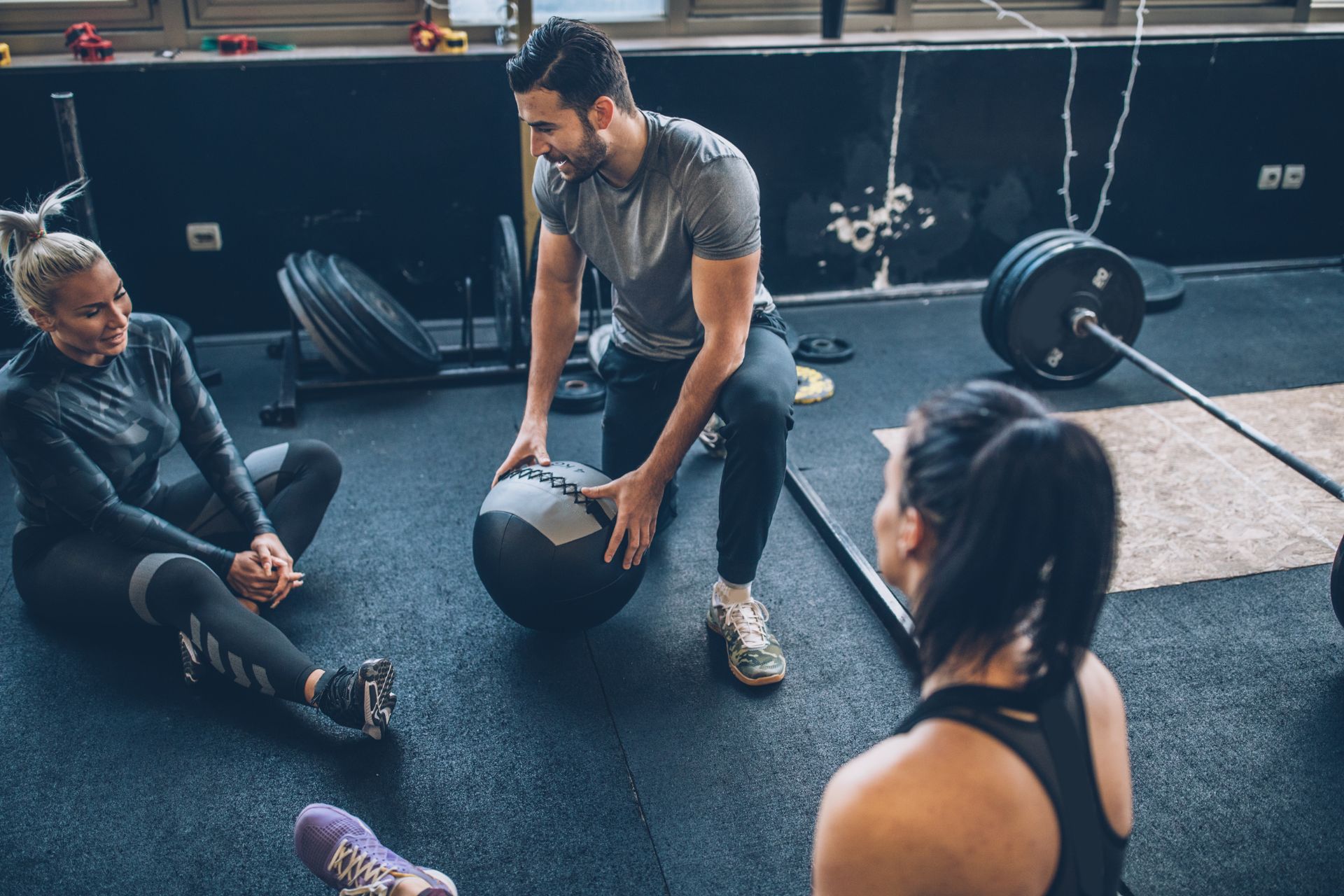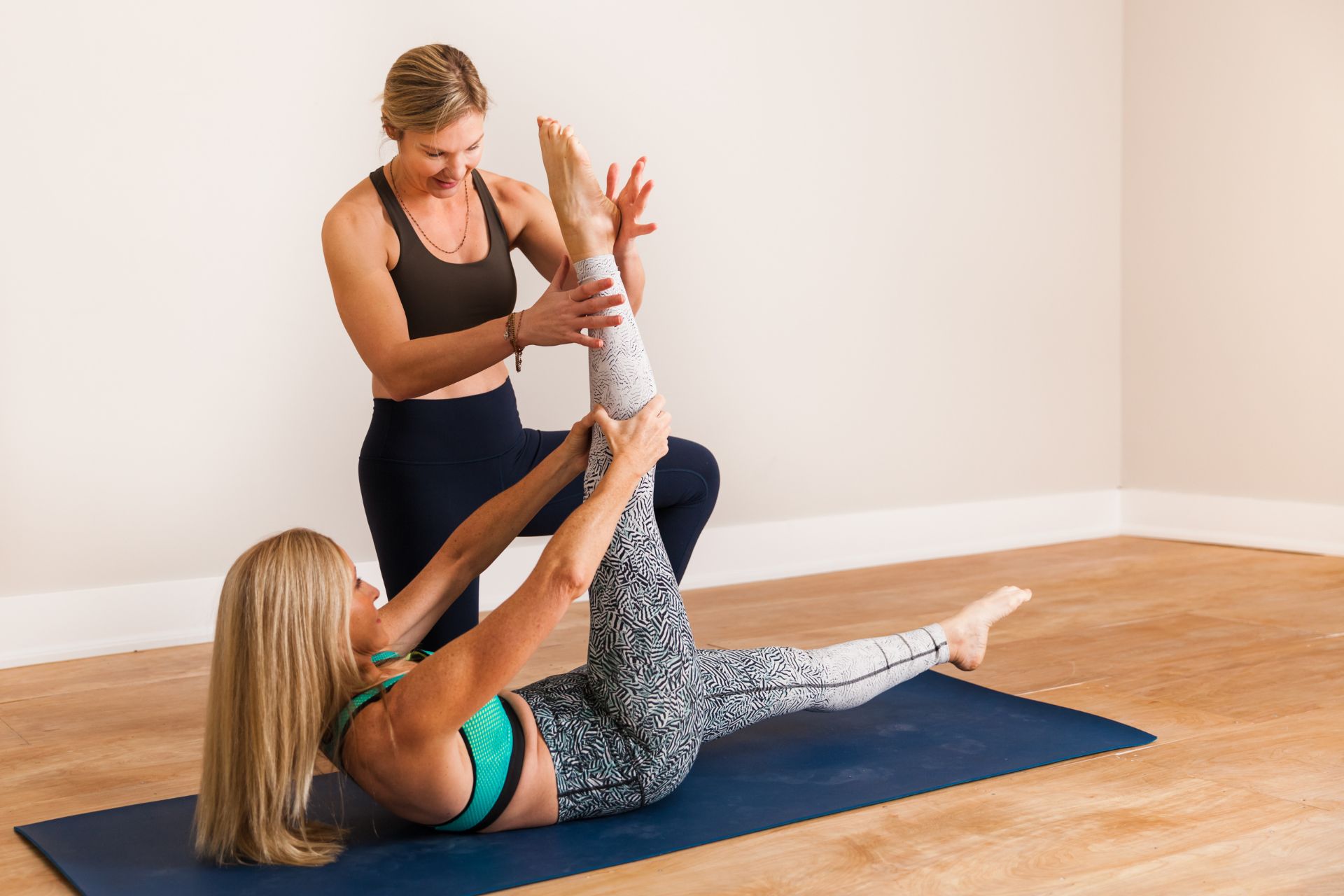Frequently Asked Questions
Platelet-rich plasma (PRP) therapy plays a significant role in the recovery of chronic tendon injuries among athletes by harnessing the regenerative properties of concentrated platelets and growth factors derived from their own blood. This treatment modality enhances healing processes through mechanisms such as angiogenesis, collagen synthesis, and modulation of inflammation within degenerative tendons. By injecting PRP into affected areas like the Achilles tendon or rotator cuff, athletes may experience improved tissue repair, reduced pain levels, and faster functional recovery compared to traditional rehabilitation methods. The biocompatibility of PRP minimizes adverse reactions while promoting cellular proliferation and differentiation essential for restoring strength and mobility in compromised tendons. As more research highlights its efficacy in conditions like tendinopathy or lateral epicondylitis, PRP continues to gain traction as a viable option for sports medicine practitioners aiming to facilitate optimal athletic performance post-injury.
Biomechanical assessments play a critical role in shaping personalized rehabilitation programs for individuals suffering from chronic knee pain by providing detailed insights into joint kinematics, muscle imbalances, and functional movement patterns. By analyzing gait dynamics, weight distribution, and lower limb alignment through advanced techniques such as motion capture technology and force plate analysis, clinicians can identify specific biomechanical deficits that contribute to patellofemoral dysfunction or osteoarthritis-related discomfort. This tailored approach allows for the development of targeted interventions focused on correcting aberrant biomechanics via strength training regimens aimed at optimizing quadriceps activation or enhancing proprioception through balance exercises. Additionally, integrating feedback from kinetic chain evaluations aids in establishing individualized protocols that address specific risk factors while promoting optimal recovery pathways—ultimately leading to improved functional outcomes and enhanced quality of life for patients with chronic knee conditions.
Recent advancements in cryotherapy, particularly whole-body cryotherapy (WBC) and localized cryo-therapy techniques, have shown promising effectiveness in managing long-term sports-related inflammation. Emerging studies indicate that the application of sub-zero temperatures can significantly reduce oxidative stress and decrease pro-inflammatory cytokines following intense physical exertion. Advanced modalities such as nitrogen-based systems allow for precise temperature control and targeted treatment areas, enhancing recovery times while minimizing muscle soreness and joint pain associated with repetitive strain injuries. Additionally, innovations like portable cryo-chambers facilitate athlete access to therapeutic sessions post-training or competition events. The integration of biofeedback mechanisms into these therapies is also gaining traction, allowing athletes to tailor treatments based on real-time physiological responses. As research continues to evolve around the biochemical pathways influenced by cold exposure therapy—such as improved circulation dynamics and accelerated metabolic rates—the role of cryotherapy in holistic athletic recovery regimens becomes increasingly validated within both clinical settings and competitive sports environments.
Neuromuscular electrical stimulation (NMES) can be effectively utilized to enhance muscle recovery following recurring hamstring strains by promoting increased blood flow, reducing muscle atrophy, and facilitating neuromuscular re-education. By delivering controlled electrical impulses to the affected muscles, NMES stimulates motor unit recruitment and fosters optimal contraction patterns that mimic voluntary movements. This method aids in decreasing edema and inflammation associated with soft tissue injuries while also improving flexibility and range of motion through passive stretching induced by rhythmic contractions. Furthermore, NMES may help alleviate pain perception via its analgesic effects on the nervous system, thus encouraging adherence to rehabilitation protocols. Incorporating NMES into a comprehensive treatment plan alongside strength training exercises and proprioceptive activities can significantly expedite functional recovery timelines for athletes dealing with recurrent hamstring issues.
Telehealth technology has significantly transformed follow-up care strategies for athletes experiencing persistent joint issues by enabling remote consultations, real-time monitoring, and personalized rehabilitation protocols. Utilizing advanced telemedicine platforms equipped with video conferencing capabilities, sports medicine professionals can conduct in-depth assessments of an athlete's condition from a distance while analyzing biomechanical data gathered through wearable sensors. This approach facilitates continuous engagement between the athlete and healthcare providers, allowing for timely adjustments to treatment plans based on feedback regarding pain levels, range of motion, and functional performance metrics. Additionally, virtual physical therapy sessions leverage interactive exercises tailored to individual needs that promote recovery without necessitating travel to clinics. Thus, telehealth not only enhances accessibility to specialized care but also supports proactive management strategies that optimize athletic performance while minimizing the risk of exacerbating underlying injuries or complications related to chronic joint instability or inflammation.

